Montgomery - As Deep South as it Gets
Thursday, November 06, 2014
 Montgomery, Alabama, United States
Montgomery, Alabama, United States
Alongside Mississippi, Alabama occupies a unique place in
American historical geography as the deepest of the Deep South where in the
1950s and 1960s Jim Crow laws were the harshest and equal rights for black
people most violently opposed . Even in the 2000s Alabama and Mississippi still
pass some of the most primitive laws and elect some of the country’s most Neanderthal
politicians.
Some of the well-known events of the civil rights era took
place in Montgomery, Alabama’s capital city. Martin Luther King was preacher at
a Baptist church on Dexter Avenue near the state capitol building for five
years before returning to Atlanta and Rosa Parks refusal to give up her seat to
a white man sparked the Montgomery bus boycott, one of the major challenges to
Jim Crow segregation laws.
Alabama’s historical state capitol building now essentially functions
as a museum, replaced in the 1980s by a much less elegant new State House across
the street for the state legislature to meet in. The other state where I’ve
encountered similar larger but less stately new digs for a state legislature is
Nevada. In both cases during my visit the legislature was not in session and
the new state house closed to visitors, so I’m not sure if seeing the old state
capitol building really counts as being to the state’s capitol . Anyway, the old
capitol in Montgomery is a grand looking building in a big park at the end of a
significant boulevard leading from downtown and with a major monument to confederate
soldiers set beside it. Surrounded by state government buildings, it’s a focal
point of the city, like a state capitol is supposed to be, not a little aside
to the city surrounded by homeless shelters like Georgia’s capitol in Atlanta.
Among the surrounding buildings is the first White House of
the Confederacy, which housed Jefferson Davis and his family for several months
in 1861 until the capital of the Confederate States of America was moved from
Montgomery to Richmond for the duration of the breakaway pseudo-nation’s
existence. The house is free and has a nice self-guided tour, so you can read a
detailed handout about the history and room furnishings as you wander around rather
than being at the mercy of a drawling southern belle in period costume. The Alabama
State Museum is next door and is actually one of better state historical
museums I’ve visited in my travels across country .
One of Montgomery’s famous figures is governor George
Wallace, one of the faces of the segregationist South who ran for president
several times and was wheelchair bound after an unsuccessful assassination
attempt during one of those campaigns. That was back in the days when Democrats
still had a conservative Dixiecrat wing. In Montgomery, though, there appear to
be more things like state office building named after his wife Lurleen who
followed his as governor when he was barred by law from running for an additional
term. George Wallace ultimately repented for his segregationist past, and
Montgomery pays homage to the Civil Rights struggle, but I still have to wonder
about the sincerity of those sentiments on the part of much of the white
population in the South considering the proliferation of new laws clearly
designed to suppress voter participation.
Montgomery has a rather sleepy downtown, a small Old Alabama
village with historic homes covering several blocks, and a some remaining
historic buildings and 19th century architecture in the Riverfront
District. Fortunately mid-20th-century urban renewal missed a few
blocks here and there in its mania for replacing old buildings with parking
lots.
Other Entries

 Montgomery, Alabama, United States
Montgomery, Alabama, United States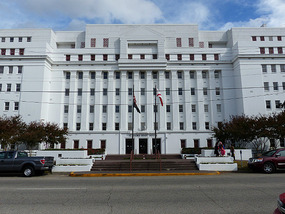
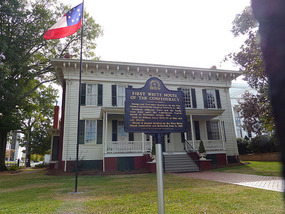
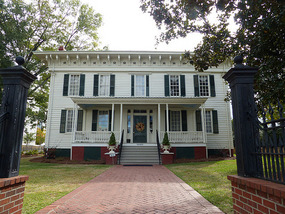







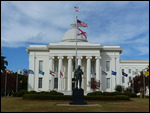
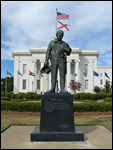
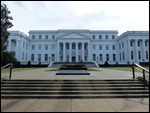
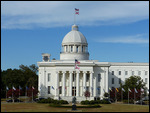


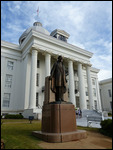
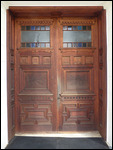

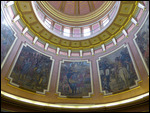

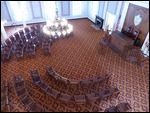


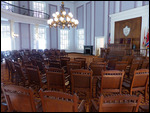
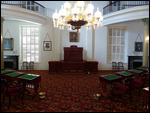
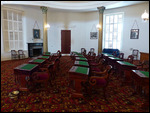
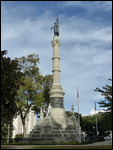
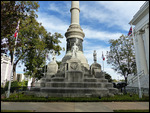
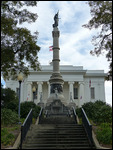
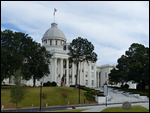
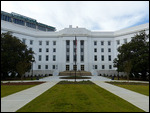
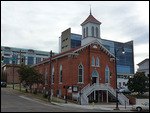
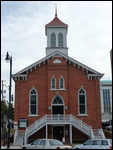
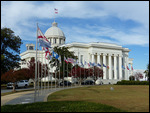

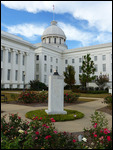
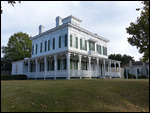
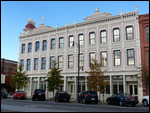
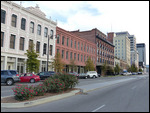
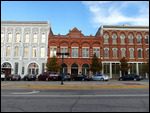
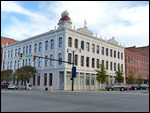
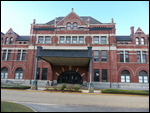
2025-05-23